Suicide, or the act of taking one’s own life voluntarily and intentionally, has become increasingly more prevalent, especially in the United States (U.S). Every year, many U.S. war veterans die by suicide in comparison to the general civilian public. It’s interesting to note that since 9/11, the suicide rates of military veterans have surpassed the rates of U.S. soldiers dying in combat. Many factors, including “post-traumatic stress disorder (PTSD), stress, military culture, continued access to guns, and the difficulty of reintegrating into civilian life” contribute to these higher rates of suicide (Suitt 2021). This draws attention to the failure to address the ongoing mental health crises that many U.S. soldiers undergo after serving in the military.
According to Suitt, the “VA 2020 National Veteran Suicide Prevention Annual Report reveals the suicide rate of veterans overall and adjusted for age and sex is 1.5 times of the general population.” Veterans have always experienced higher suicidal rates than normal civilians, but the rates have only increased over the years, especially since 9/11. Some factors that may contribute to the post-9/11 suicide rates include:
- PTSD (physical/moral injuries or sexual assault)
- Traumatic brain injuries
- Toxic masculinity within military culture
- Access to lethal means, such as increased use of improvised explosive devices (IEDs)
- Difficulty of returning to civilian life (e.g. homelessness)
In addition to the traumatic brain injuries a soldier can receive due to violent combat exposure, they may also suffer from PTSD as a result of experiencing the horrors of war. PTSD is not only a physiological response that can induce nightmares, flashbacks, and jumpiness, but a psychological one as well. For veterans, emotional scars run deep, especially when their sense of morality – the ability to distinguish between right and wrong – gets torn down. As Suitt says,
“a service member suffering from moral injury likely displays anxiety, depression, sleeplessness, and anger” (2021). This makes sense, since many veterans may feel as if they are betraying their own consciences, inducing feelings of shame and hopelessness that ultimately lead to the act of suicide.
Furthermore, 55 percent of military women and 38 percent of military men suffer from military sexual trauma, which can include sexual assault, sexual harassment, rape, or forcible sodomy (Suitt 2021). The U.S. Armed forces also has a hegemonic masculine culture that may contribute to the “avoidance of help-seeking behaviors,” especially for men (Suitt 2021). In their eyes, asking for help is unmanly, which causes these men to suppress their emotions and to adopt a dominant masculine identity that emphasizes toughness and cruelty. The lack of mental health services for these soldiers pushes them into a downward spiral since they seem to believe that asking for help is a sign of weakness.
Access to lethal means also contributes to the high suicidal rates, since almost all veterans own a firearm in their homes. In fact, almost 70 percent of veterans own a weapon, which makes it easy for them to hurt themselves despite not being on active duty (Suitt 2021). The last factor that may lead to suicide is the challenge of reintegrating into civilian life. Not only do these soldiers have to shave away their former soldier identities, but they must figure out how to live “normally” while coping with their traumas from the military. It also does not help that the general public disapproves of war, which may “enhance the guilt and shame that accompany acts of perpetration and precipitate moral injuries and other traumas” (Suitt 2021). A lot of veterans are also homeless, and because of this lack of belonging and purposelessness, they view suicide as an alternative.
Nowadays, the Department of Veteran Affairs (VA) has spent a large amount of money on suicide prevention research and resilience programs (Suitt 2021). For instance, the department spent “$10.2 billion for veteran suicide prevention, a 7 percent increase over 2020.” While these programs have done their duty to promote suicide awareness, they cost lots of money and do not sufficiently address the problem. Current organizations such as IAVA and Wounded Warrior Project focus on preventative measures such as erasing the stigma on suicide and encouraging a more positive military environment where soldiers can ask for help without feeling ashamed. The VA also has a Veteran Crisis Line for anyone seeking help from a crisis counselor and has created a suicide prevention guide called Safe Messaging Best Practices, which teaches the general public about how to communicate and write about Veteran suicide (U.S. Department of Veterans Affairs).
While these suicide prevention programs do have their limitations, they are a step forward in the right direction. In order to address the issue of veteran suicide, we must first learn how to openly talk about it and realize that suicide does not discriminate, and that anyone can die from it. By educating ourselves about veteran suicide, we can create a safe space for soldiers to talk about their traumas and help them recover, day by day.
~ Micah Flores
Micah is a recent UCLA college graduate with a B.S. in Biology and a minor in English. She plans to attend graduate school for clinical or counseling psychology in order to become a future psychologist. In her free time, she enjoys drawing on her digital tablet, watching cartoons, playing video games, and reading.
Sources:
https://www.swp-berlin.org/publications/products/research_papers/2018RP07_tmm.pdf
https://www.mentalhealth.va.gov/suicide_prevention/docs/safe_messaging_best_practices.pdf

